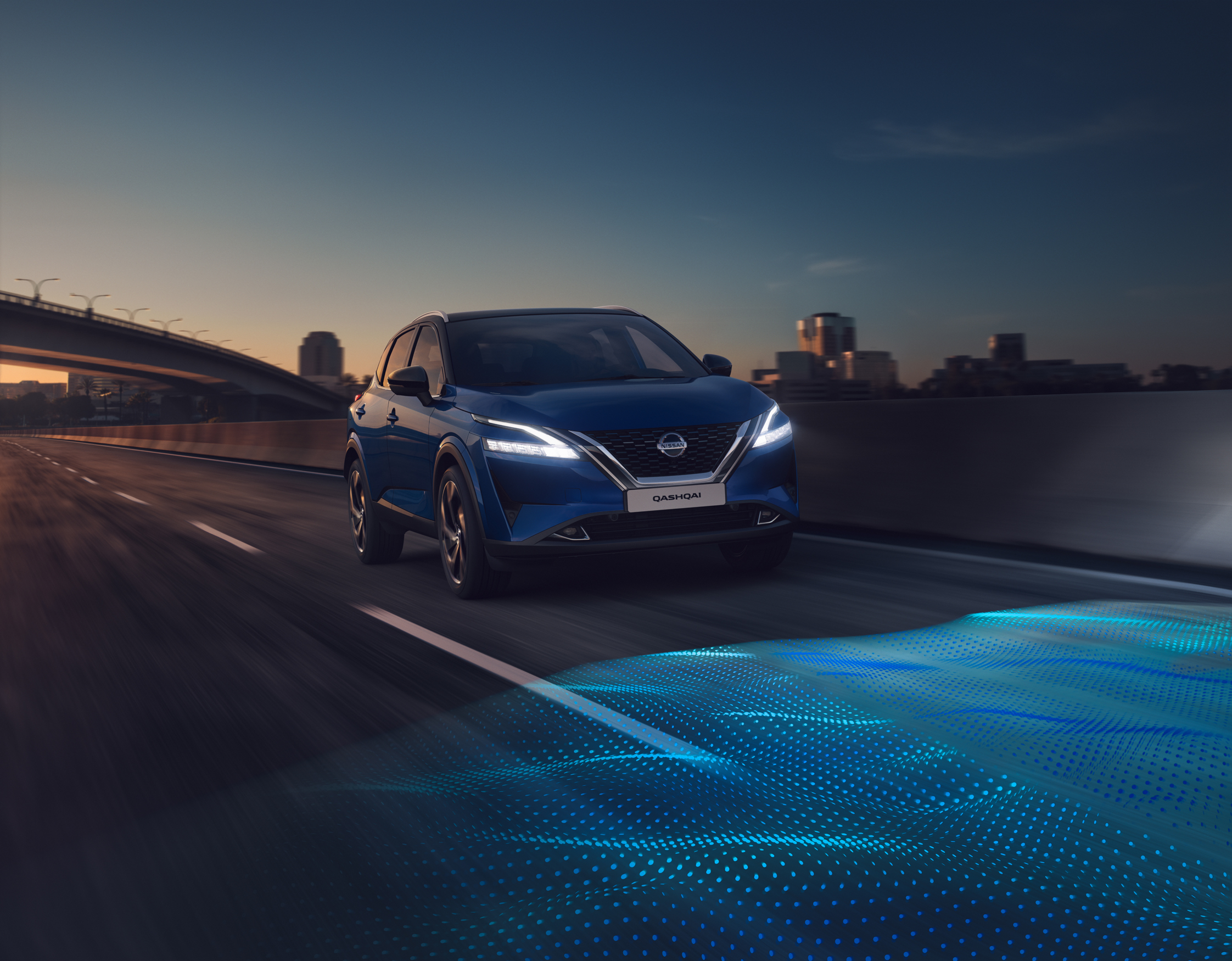
Drivers not ready for winter driving
As the change in seasons quickly approaches, Nissan has discovered drivers may not be as winter-ready as they think, in advance of the difficult driving conditions brought on by ice and snow and shorter days that follow the switch to wintertime that will take place on Sunday 31 October.
In fact, 37% of UK drivers do not feel prepared for winter driving this year and a third (32%) say they do not understand or use their cars’ additional safety features for winter driving.
As the clocks fall back, signalling shorter days and the inevitable deterioration in weather, drivers will find themselves spending more time behind the wheel in the dark, making the morning and evening commutes or driving back from visiting friends and family more challenging. For more than half of UK motorists these challenges are already causing concern as 61% admit to being nervous to drive in winter and 46% wish they had been taught to properly drive in adverse weather.
Driving in the dark or in fog
During daylight hours, heavy snow or rain can make it difficult to see or be seen by other vehicles on the motorway. Less than half (49%) of UK drivers feel completely confident about how to adjust their headlights for road condition, such as turning on side lights for dusk, or full beams when dark.
To take the guess work out of this task and as a first for Nissan in Europe, the all-new Qashqai features adaptive matrix headlamps, which automatically change the shape of the beam according to the road conditions. Fellow motorists will also be grateful for this technology, as it helps to prevent blinding oncoming road-users, for those drivers who occasionally forget to deactivate their high beams upon sight of others on the road.
Driving in icy or snowy conditions
The majority of drivers are not taking the right precautions, especially in precarious weather situations. As evidence of this, more than half (52%) do not wait until the windscreen is fully demisted before starting their journey, potentially putting themselves and others at risk.
The new Qashqai’s windscreen has an integrated heating element, meaning any snow or ice can be easily cleared within seconds, giving a full, clear view ahead, minimising the inconvenience and delay before starting the journey. Furthermore, with additional spray from wet and salty road conditions, the windscreen can quickly accumulate dirty residue which can combine with bright headlights to obscure the view of the road. Nissan’s engineers have moved the spray nozzles to the windscreen wipers, ensuring the jets of water are applied precisely where they are needed to clean the windscreen.
Even when windscreens are fully cleared, 68% of UK drivers do not feel completely confident about how to bring a skid to a stop on icy roads, and over half (73%) do not feel completely confident about what tyres to use when it’s snowing, or the correct stopping distance in wet weather.
In snowy or rainy weather, braking distances increase, so speed should be adjusted. Despite this, two thirds of drivers do not tend to check their brakes for driving in winter, and over a third (37%) do not tend to drive more slowly in the winter. This combined with a lack of awareness on how to adjust stopping distance in icy conditions is cause for concern, as 46% of UK drivers think the stopping distance is five times further than normal or less, as opposed to the recommended ten times normal stopping distance.
